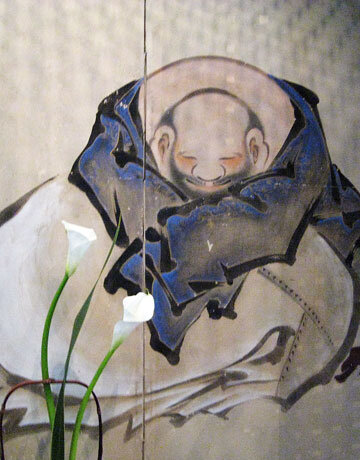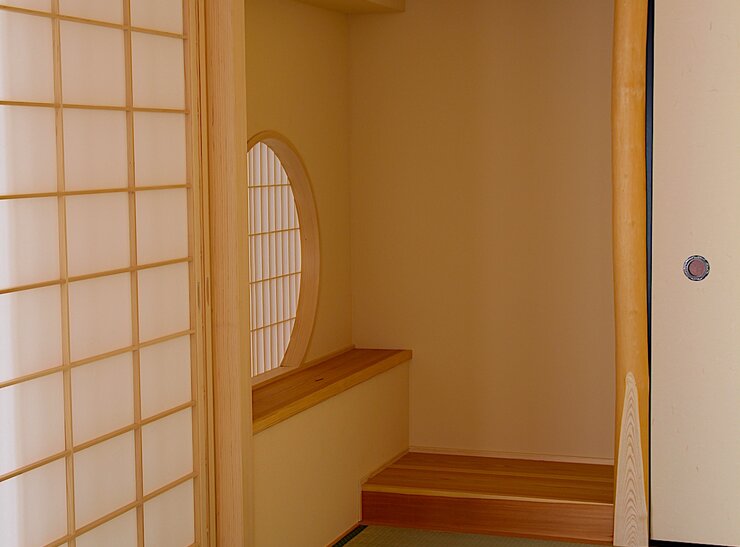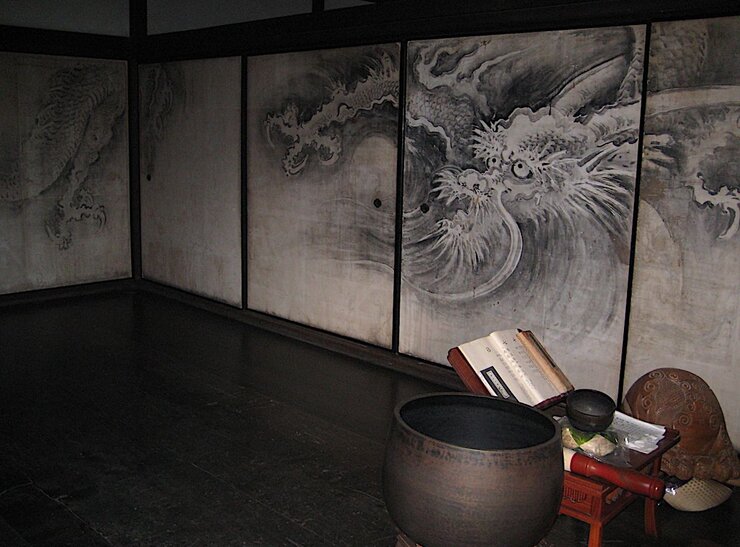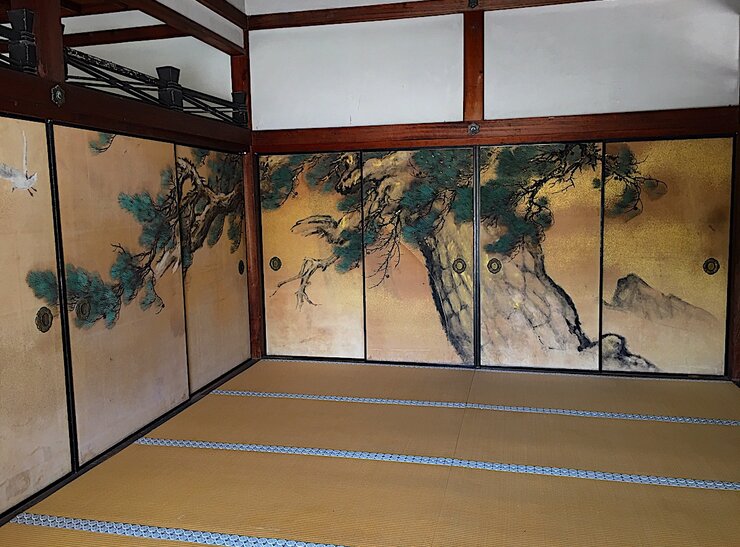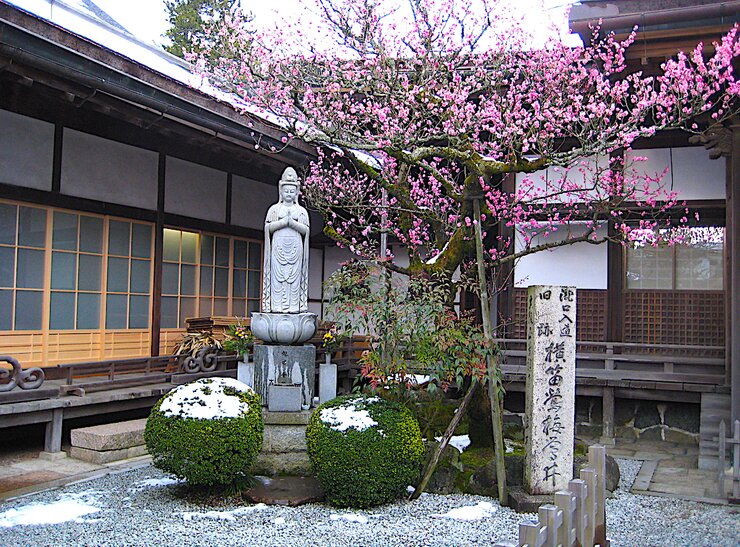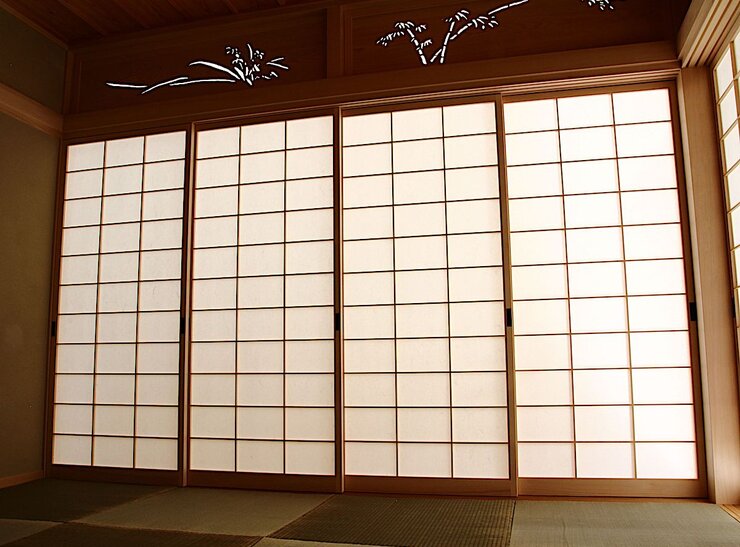
About Japanese Rooms
Traditional Design of Japanese Rooms
The traditional design of Japanese rooms has been profoundly influenced by the development of the tea ceremony in the 16th century and its famous master, Sen no Rikyu.
Typical Elements in Japanese Rooms
Japanese rooms are characterized by specific elements such as tatami (rice straw mats), tokonoma (decorative alcove), shoji (sliding doors with translucent paper coverings), and fusuma (solid sliding partitions). These elements are arranged according to strict guidelines, yet with remarkable creativity in form and detail. Despite this variety, Japanese rooms always convey a sense of simplicity and clarity, which, even from a modern perspective, feels contemporary.
An essential aspect is the interplay of light and shadow. To truly appreciate a Japanese room, one must experience its proportions, elements, and the soft, indirect light that evenly fills the space. Sitting on the floor allows one to fully sense the deep tranquility that makes these rooms ideal for contemplative activities.
Enthusiasts of Japanese culture often create entire rooms with a corresponding garden view or dedicated tea rooms. However, even well-planned sections of a home can bring this harmonious spirit into European living spaces.
It is no coincidence that renowned modernist architects like Walter Gropius and Bruno Taut were fascinated by Japanese garden, interior, and architectural design.
Some key principles of this style include simplicity, the avoidance of excess, and the use of natural materials that age gracefully. There is also a strong connection to nature, often expressed in a highly refined, artistic way.
Great emphasis is placed on craftsmanship and exquisite details, reflecting a deep engagement with form, color, and material. The result is an essential beauty—one that reveals itself upon closer observation—deeply influenced by Zen philosophy and its pursuit of capturing the essence of things.

